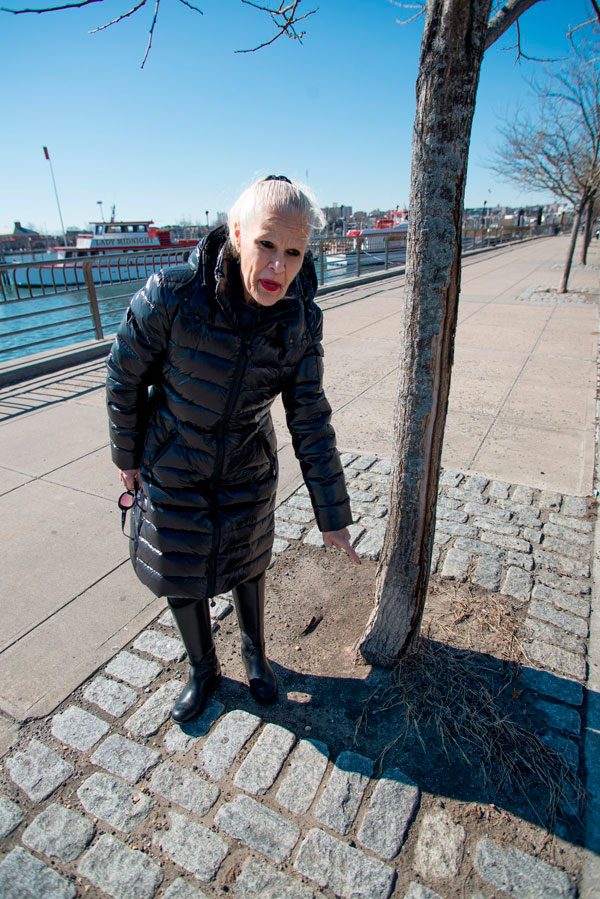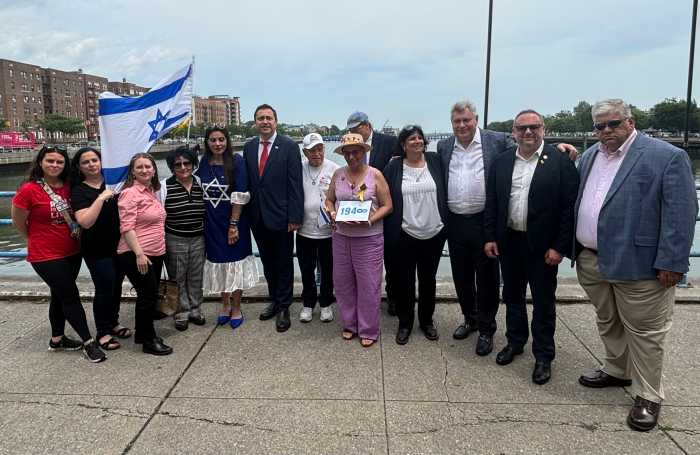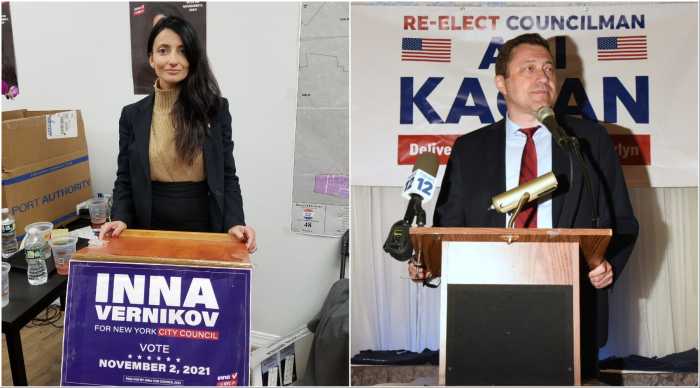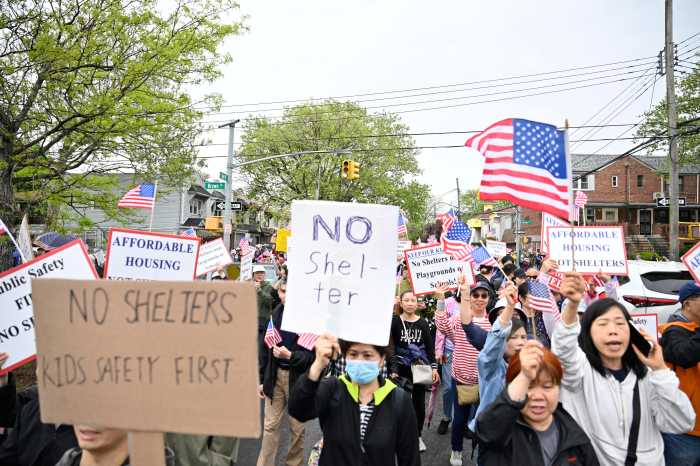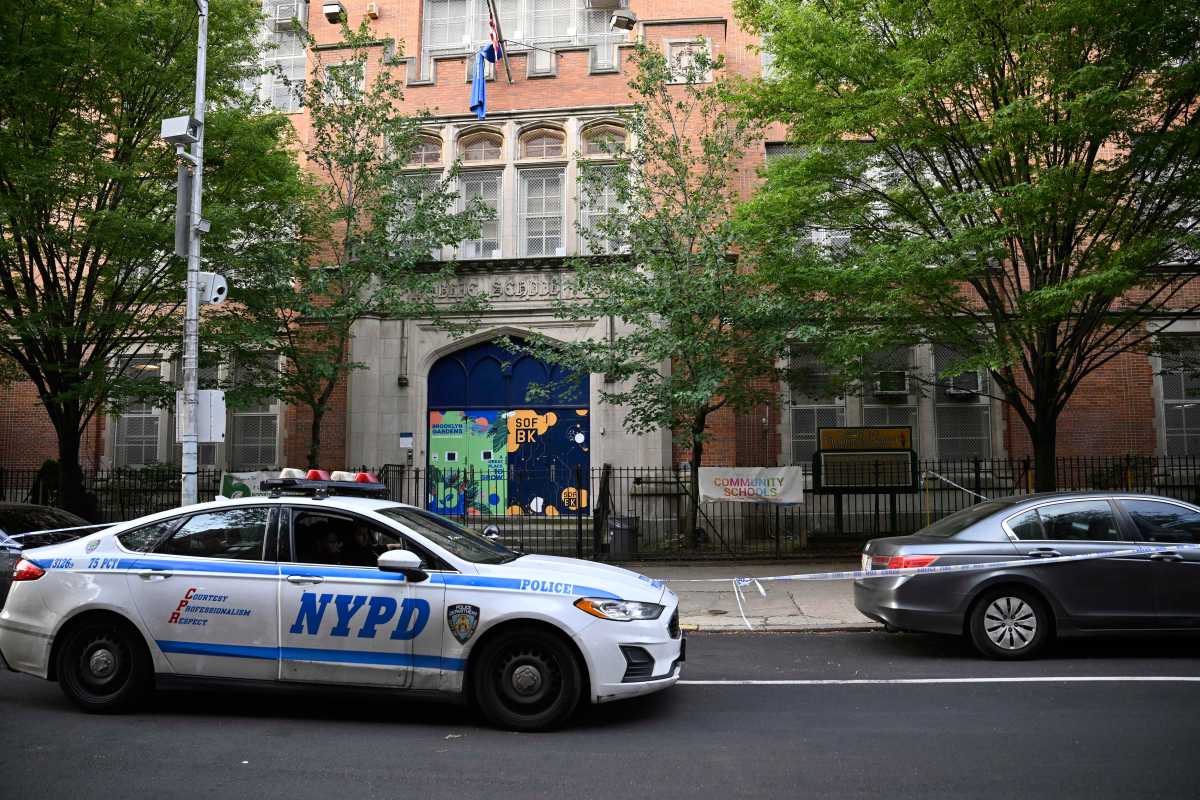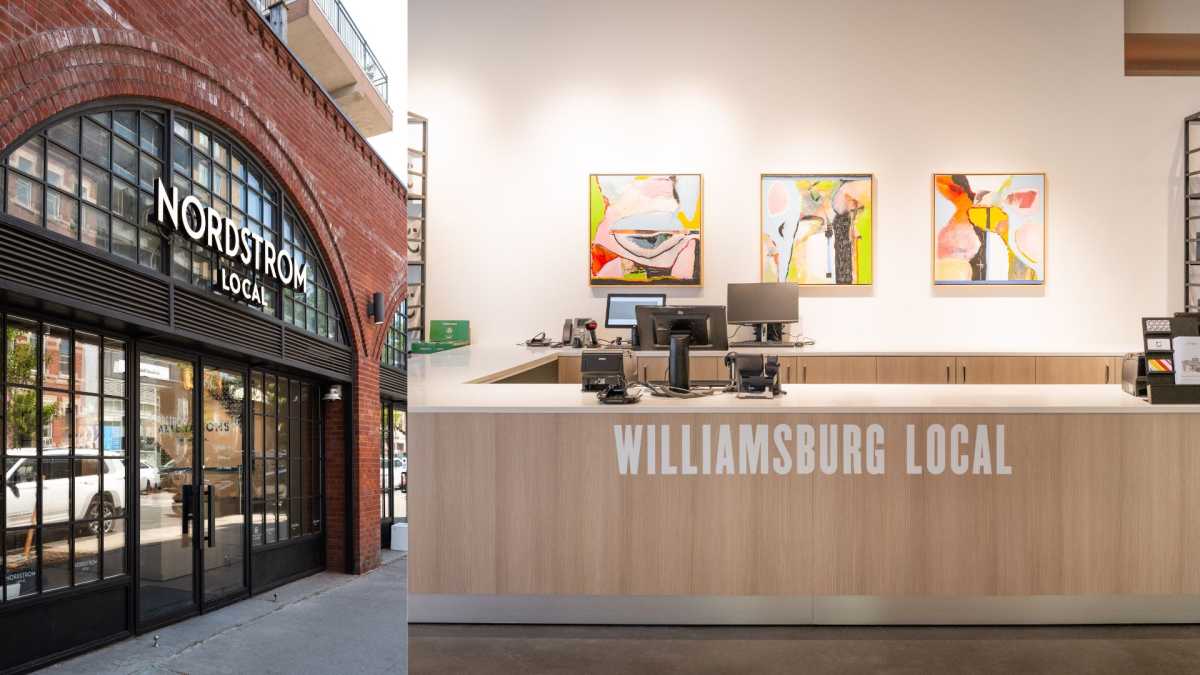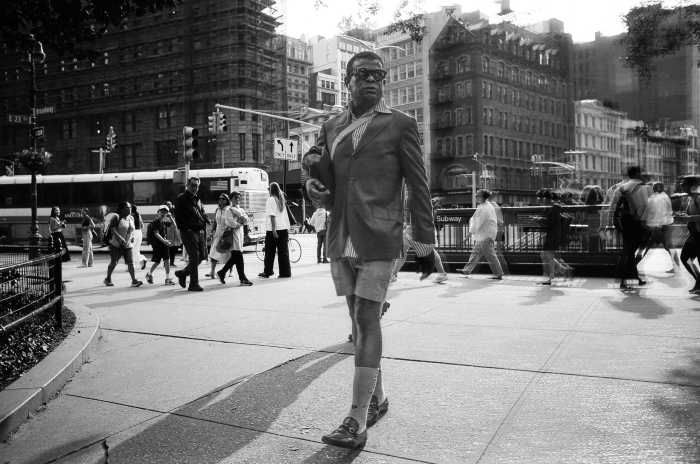Is it money down the drain?
Officials must make good on state-funded coastal resiliency projects promised in the wake of Hurricane Sandy, locals are demanding. Residents griped to city reps for failing to enact major sewer and flood-barrier projects following the historic storm at a Manhattan Beach Community Group meeting on Feb. 24. The mayor’s office is more interested in building a streetcar in gentrifying Brooklyn than pushing forward resiliency improvements locals have demanded, such as a tidal barrier on Plumb Beach and sewer backflow-prevention valves for homes, one frustrated Manhattan Beach man said.
“You don’t need a trolley line — spend the money here,” shouted the resident, who declined to give his name. “What they’ve done in many places where literally you have to build a [flood] barrier. For starters, we need a very low-tech situation — it’s called a check valve.”
Residents demanded major infrastructure improvements, but Manhattan and Albany can’t even agree on small projects, such as some sidewalk planters locals picked for a state-funded storm redevelopment grant. Community members selected the $500,000 project — which includes planters and drainage improvements on Emmons Avenue — as part of the state’s New York Rising program, which allocated $13.3 million to Sheepshead Bay and Gerritsen Beach for storm resiliency in March 2014. But locals have seen bupkis in the two years since, an area leader said.
“All of this money, we have not seen anything proceed,” said Community Board 15 chairwoman Theresa Scavo, who also sat on the state-impaneled committee that dreamed up the street-scaping. “We specifically allocated funding for plantings. It should be a no-brainer — go out on Emmons Avenue and do the planting — but we have not seen anything done.”
Citizens created the plan — which includes planters called “bioswales” that feature water-hungry plants and additional sewer drains — and the state signed off on it, but the city’s Department of Environmental protection put the kibosh on the project because it is too small —and now the story is on indefinite hold, a state representative said.
“As it stands now, the funds allotted to it in the planning process, it would fund 12 bioswales, and it wouldn’t have an effective impact,” the regional head of the Governor’s office’s New York Rising program Chelsea Muller told this paper.
The news really riled Scavo, who found out the project was on hold after a reporter from the Bay News called seeking additional comment.
“Unbelievable, absolutely unbelievable,” she said. “The amount of time that we put into this committee — and this is what we get out if it? There were professionals at the meetings that stated it would be a great idea. Pathetic.”


